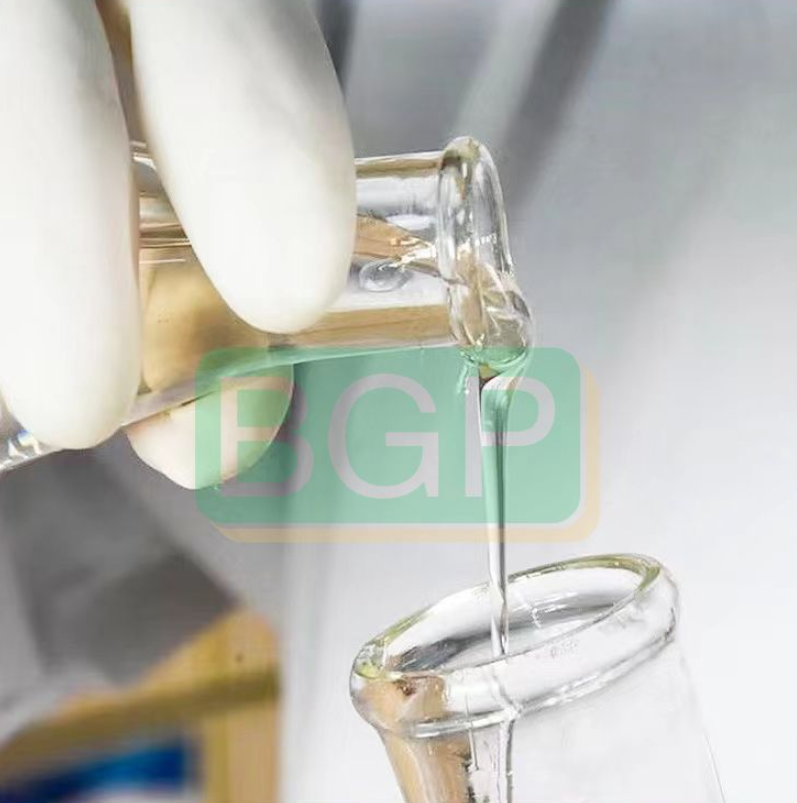Aug. 30, 2023
Chemicals
Polyurethane (PU) adhesive is renowned for its exceptional bonding capabilities and versatile applications across industries. A critical factor in its usage is the grab time, which refers to the time it takes for the adhesive to achieve initial bonding strength after surfaces are joined.

Grab time, also known as open time or tack time, signifies the duration during which PU adhesive remains in a state that allows surfaces to be positioned and aligned before they permanently bond. It's the crucial window in which adjustments can be made to ensure accurate positioning of substrates, especially in applications where precise alignment is vital.
The grab time of Polyurethane adhesive can vary based on several factors:
Different PU adhesive formulations have varying chemical compositions, which directly affect their grab time. Formulations designed for fast curing might have shorter grab times, while those optimized for extended working times might have longer grab times to accommodate intricate assembly processes.
Environmental factors, such as temperature and humidity, play a significant role in PU adhesive's grab time. Higher temperatures can accelerate the curing process, leading to a shorter grab time, while lower temperatures might extend the grab time.
The nature of the substrates being bonded influences how quickly PU adhesive achieves initial bonding. Porous substrates might absorb some of the adhesive, affecting its ability to grip the surfaces quickly. The type of substrate (e.g., metal, plastic, wood) also impacts how the adhesive interacts and adheres.
The method of applying the PU adhesive can impact grab time. Techniques such as spraying, brushing, or rolling might result in different grab times due to variations in adhesive thickness and uniformity.
The thickness of the adhesive layer between substrates can affect grab time. Thicker adhesive layers might take longer to achieve initial bonding due to the additional material that needs to cure.
Understanding the grab time of PU adhesive is essential for achieving optimal results in various applications. Whether it's ensuring accurate positioning or expediting production processes, grab time directly influences the efficiency and quality of bonding. Manufacturers and assemblers must consider factors such as formulation, substrate type, ambient conditions, and application methods to select the most suitable adhesive and timing for their specific needs.
Previous: What glue is best for vinyl flooring?
If you are interested in sending in a Guest Blogger Submission,welcome to write for us!
All Comments ( 0 )